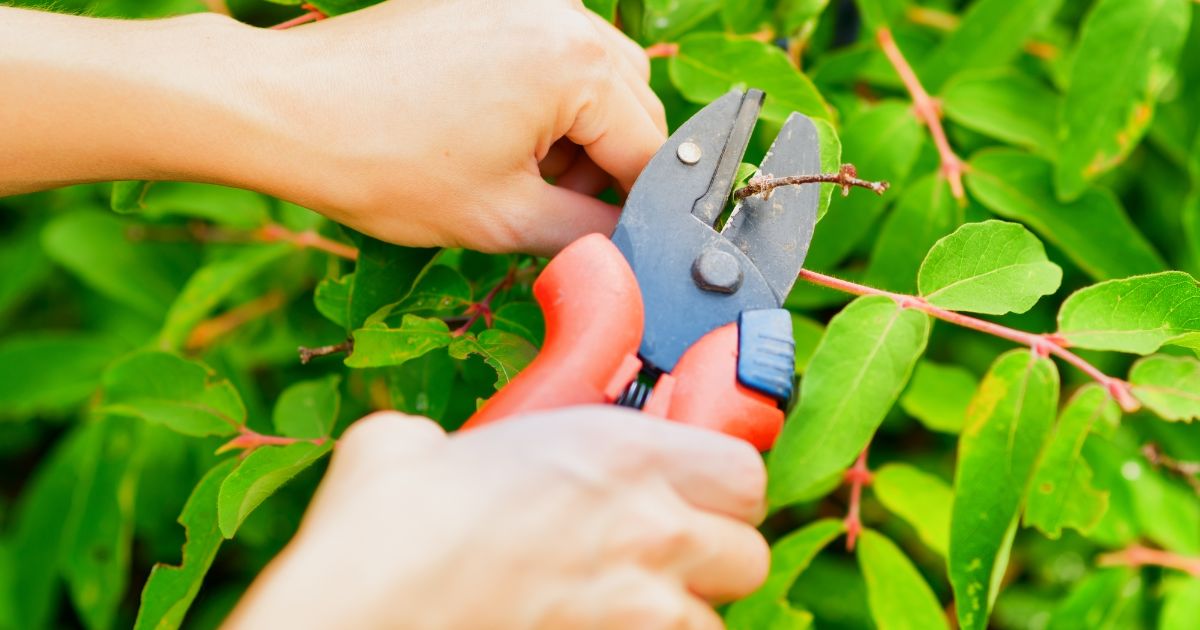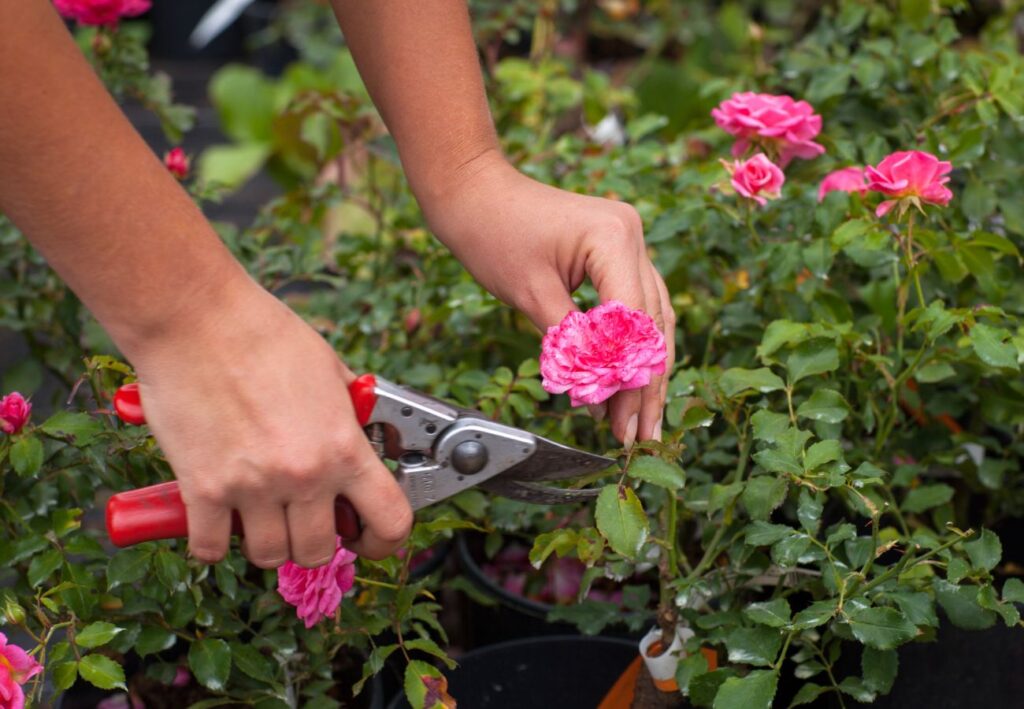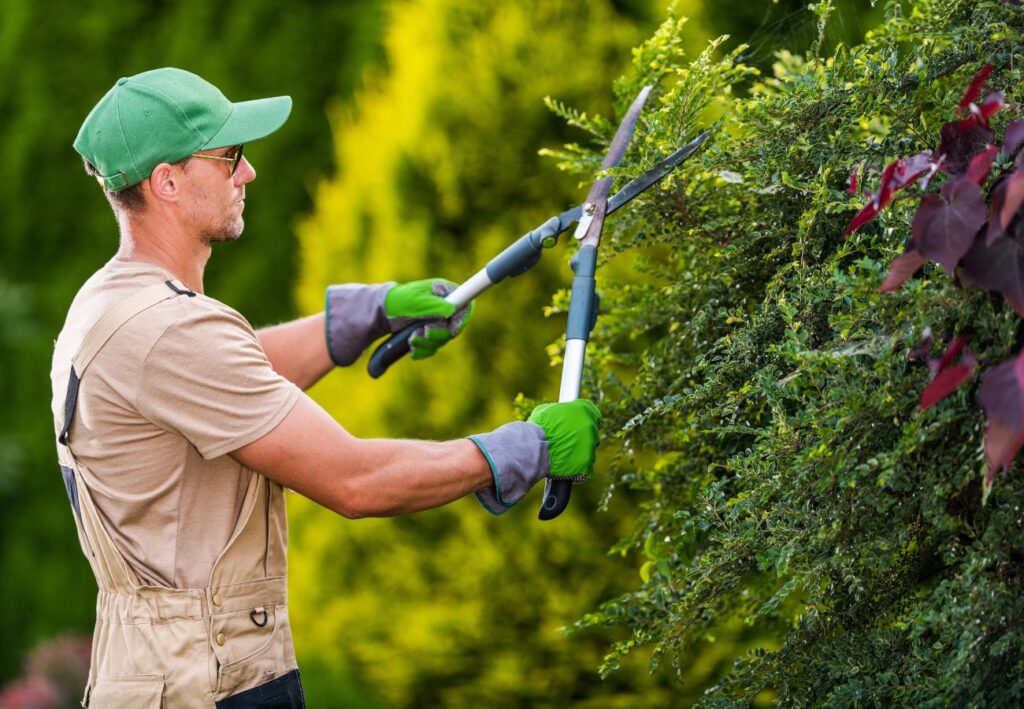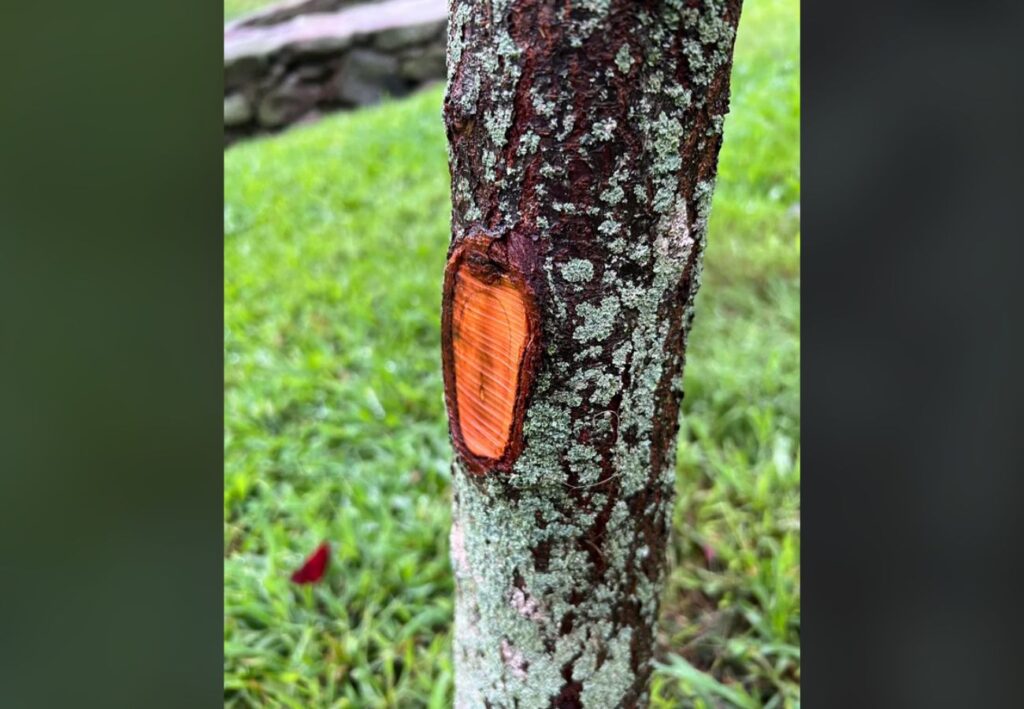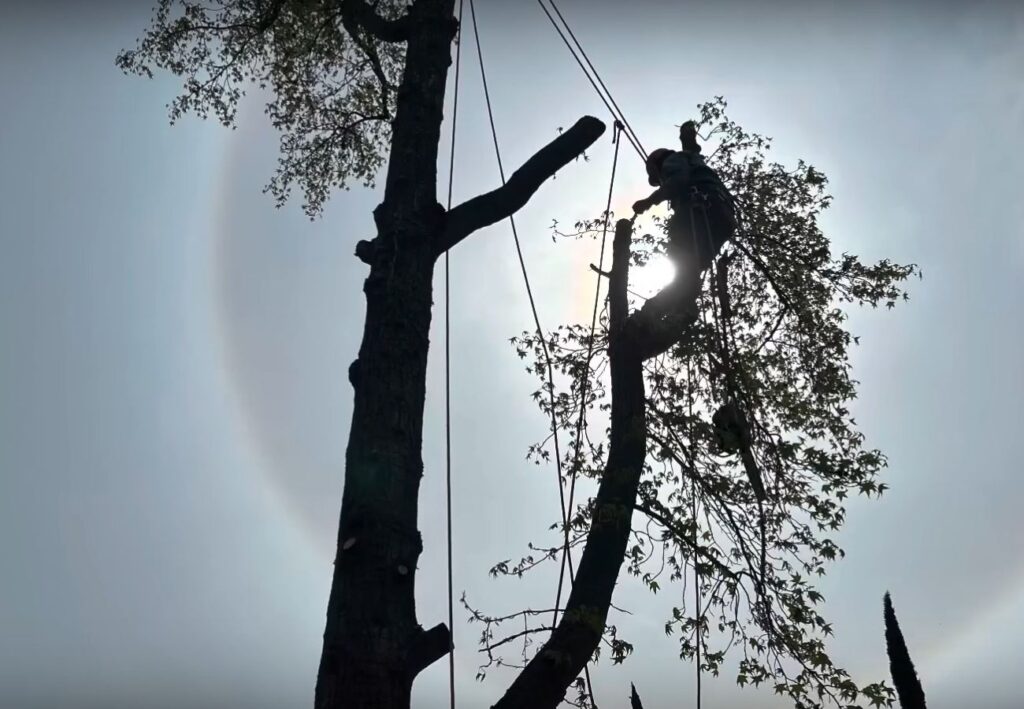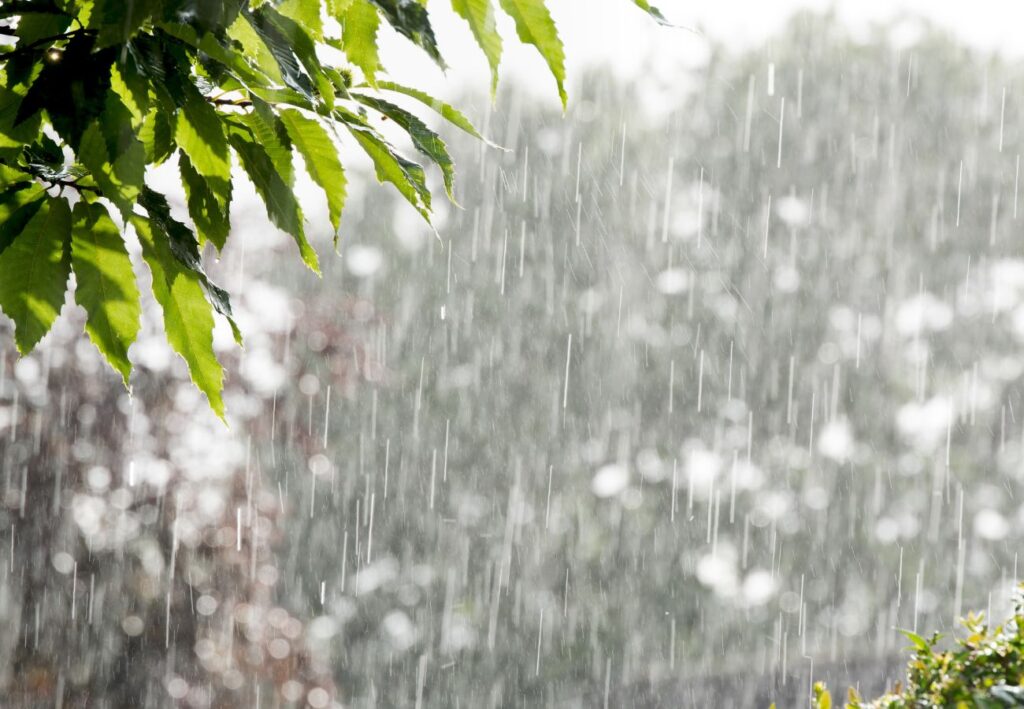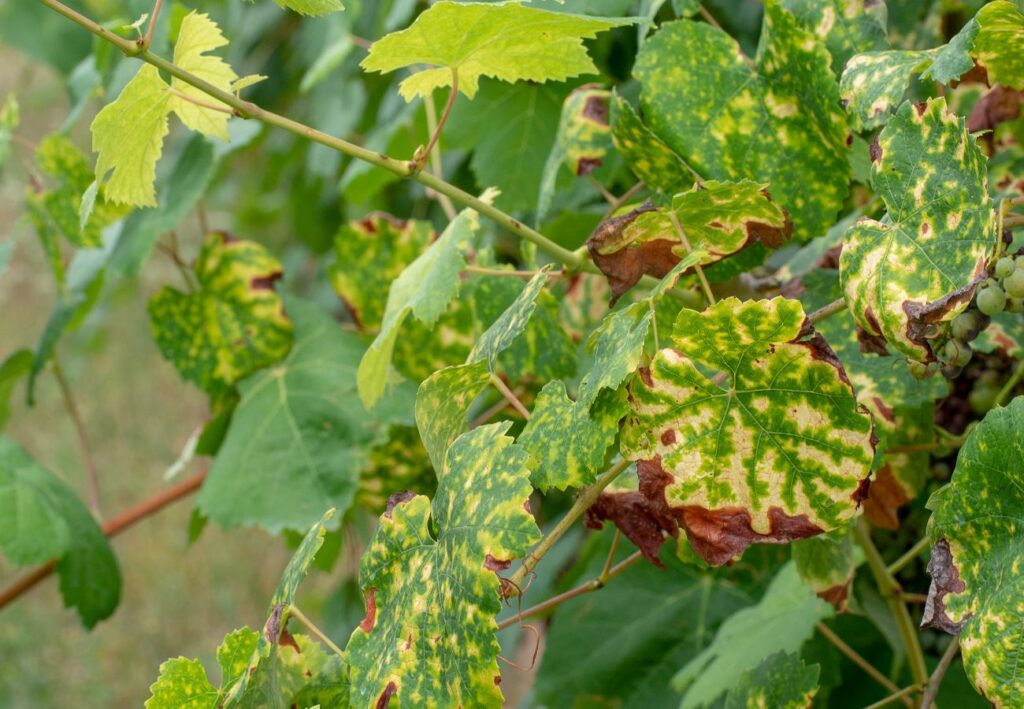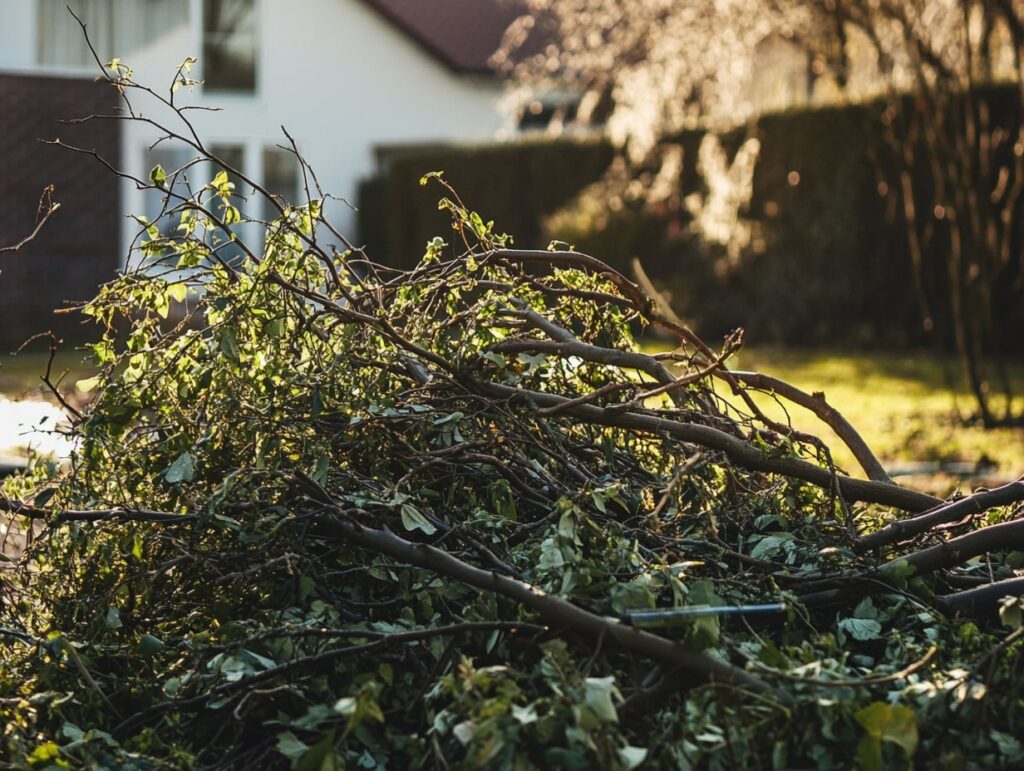Pruning can make a world of difference in the health and appearance of your plants, but doing it wrong can lead to some pretty nasty outcomes. Whether you’re new to gardening or a seasoned green thumb, understanding the pitfalls to avoid is crucial.
Skipping seasonal considerations is one of the biggest mistakes you can make.
You might think that cutting off more branches ensures more growth, but in reality, it can stress your plants. Paying attention to the growth patterns and health of your plants will help you know exactly when and how to prune.
Using the wrong tools can also damage your plants and make them susceptible to diseases.
If you’ve ever wondered why your plants aren’t thriving despite your best efforts, the answer could lie in your pruning technique. Giving your plants the care they need involves more than just cutting away the dead parts.
Ready to get your hands dirty and avoid common pruning mistakes? Keep reading!
Understanding the Basics of Pruning
Pruning is essential for maintaining the health and appearance of your plants. Knowing when and how to prune can significantly impact plant growth and longevity.
Why Pruning Matters for Plant Health
Pruning helps remove dead or diseased branches, allowing healthy parts to thrive.
Key Benefits:
- Improves Air Circulation: Reduces risk of fungal growth and pest infestations.
- Encourages Growth: Stimulates new growth and keeps plants looking fresh.
- Enhances Shape: Maintains the plant’s aesthetic and structural integrity.
9 Pruning Mistakes and How to Avoid Them
1. Pruning at the Wrong Time
Timing is everything when it comes to pruning. Each plant has its own ideal pruning schedule, and pruning at the wrong time can lead to poor flowering, fruiting, or even plant death.
For example, pruning spring-flowering shrubs in the fall can remove the buds that would bloom the following year. Similarly, cutting back trees in late summer can stimulate new growth that won’t have time to harden before winter, making it susceptible to frost damage.
How to Avoid: Research the specific pruning needs of each plant in your garden. Most flowering shrubs should be pruned right after they bloom, while fruit trees often benefit from late winter pruning.
Always check the recommended pruning times for your plants to avoid disrupting their natural growth cycle.
2. Using Dull or Dirty Tools
Using dull or dirty pruning tools is a recipe for disaster. Dull blades can crush or tear branches instead of making clean cuts, leading to ragged wounds that are slow to heal. Dirty tools, on the other hand, can introduce diseases and pests to the plant, causing further damage.
How to Avoid: Regularly sharpen your pruning tools to ensure they make clean cuts. Additionally, always clean your tools with rubbing alcohol or a bleach solution before and after use, especially when moving from one plant to another.
This simple practice can prevent the spread of diseases in your garden.
3. Over-Pruning or Under-Pruning
Finding the right balance between over-pruning and under-pruning is crucial. Over-pruning can stress the plant, reducing its ability to produce energy through photosynthesis and leading to poor growth. In extreme cases, it can even kill the plant.
On the other hand, under-pruning can result in a tangled, overgrown plant with weak, unproductive branches.
How to Avoid: Understand the specific pruning needs of each plant. Some plants, like roses, require regular, heavy pruning to encourage strong growth and flowering. Others, like evergreens, need only light pruning to maintain their shape.
Aim to remove no more than one-third of a plant’s growth at a time to avoid over-stressing it.
4. Ignoring Dead, Diseased, or Damaged Wood
Leaving dead, diseased, or damaged wood on a plant can invite pests and diseases, which can quickly spread to healthy parts of the plant or even to other plants in your garden. Dead wood can also be a haven for insects that could harm your plants.
How to Avoid: Regularly inspect your plants for dead, diseased, or damaged branches and remove them as soon as possible. When removing diseased wood, be sure to cut back to healthy tissue, and disinfect your tools between cuts to prevent spreading the disease.
Removing this wood promptly helps maintain the overall health of your plants.
5. Incorrect Cutting Technique
The way you make your cuts during pruning can significantly impact the health of your plants. Incorrect cutting techniques, such as leaving stubs or making cuts too close to the trunk, can damage the plant and slow down its healing process.
For instance, leaving stubs can encourage rot and disease, while cutting too close can damage the plant’s bark and vital tissues.
How to Avoid: Make clean cuts just outside the branch collar (the swollen area where the branch meets the trunk or another branch). This allows the plant to heal more effectively. Avoid leaving long stubs, which can invite pests and diseases.
For larger branches, use a three-step cutting technique to prevent the bark from tearing.
6. Topping Trees
Topping, or cutting off the tops of trees, is a common but harmful pruning practice. While some gardeners top trees to control their height, this method actually weakens the tree and makes it more susceptible to diseases, pests, and structural failure.
Topping also stimulates rapid, weak growth that requires more maintenance in the future.
How to Avoid: Instead of topping, use selective pruning to manage a tree’s height and shape. Remove entire branches or cut back to a lateral branch that is at least one-third the size of the original branch.
This method maintains the tree’s natural form and promotes stronger, healthier growth.
7. Pruning in Bad Weather
Pruning in wet or extremely cold weather can have negative consequences for your plants. Wet conditions increase the likelihood of spreading diseases, as bacteria and fungi thrive in moisture.
Pruning during a frost can damage the plant’s tissues, making it more susceptible to cold injury.
How to Avoid: Choose a dry, mild day for pruning. This reduces the risk of spreading diseases and allows the plant to begin healing more quickly. Avoid pruning during extreme weather conditions, whether it’s during a frost, a heatwave, or after heavy rain.
8. Not Pruning at All
Some gardeners are hesitant to prune because they fear damaging their plants. However, failing to prune at all can lead to overcrowded, unhealthy plants that are more susceptible to disease, pests, and poor air circulation.
Over time, this can significantly reduce the plant’s vigor and productivity.
How to Avoid: Start with small, strategic cuts to build your confidence. Focus on removing dead, damaged, or crossing branches, which can improve the plant’s overall health and appearance.
Remember that regular, light pruning is often better than occasional, heavy pruning. As you gain experience, you’ll become more comfortable with more significant pruning tasks.
9. Pruning Without a Plan
Pruning without a clear plan or understanding of your goals can lead to haphazard cuts that negatively affect the plant’s shape and health. Randomly cutting branches can create an unbalanced appearance, promote weak growth, and even reduce flowering or fruiting.
How to Avoid: Before you start pruning, take the time to assess the plant and determine what you want to achieve. Consider the plant’s natural shape, the areas that need thinning, and any dead or diseased wood that needs removal.
Having a clear plan will guide your pruning decisions and help you achieve a healthier, more attractive plant.
Pruning is an essential gardening task that, when done correctly, can enhance the health, beauty, and productivity of your plants. By avoiding these nine common mistakes, you’ll ensure that your pruning efforts are effective and beneficial.
Remember to research the specific needs of your plants, use clean and sharp tools, and approach each pruning session with a clear plan. With these practices in place, your garden will thrive, rewarding you with lush growth and abundant blooms for years to come.
